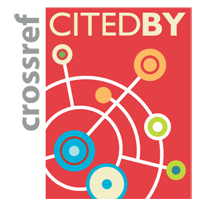On the unexpected fate of scientific ideas: An archeology of the Carroll group
Jean-Marc Lévy-Leblond
SciPost Phys. Proc. 14, 006 (2023) · published 23 November 2023
- doi: 10.21468/SciPostPhysProc.14.006
- Submissions/Reports
-
Proceedings event
34th International Colloquium on Group Theoretical Methods in Physics
Abstract
In 1965, I published a paper, exhibiting a hitherto unknown limit of the Lorentz group, which I christened "Carroll group" due to its seemingly paradoxical physical contents. Since I saw it as more curious than relevant, I published it in French in a journal somewhat afar from the mainstream of theoretical physics at that time. It was most gratifying to witness the quite unexpected favour this paper started to enjoy half a century later, so much that a so-called "Carrollian physics" is now developing, with applications in various domains of forefront theoretical physics, such as quantum gravitation, supersymmetry, string theory, etc. I offer this narrative as an example of the very diverse time scales with which scientific ideas may develop — or not.
Cited by 2

